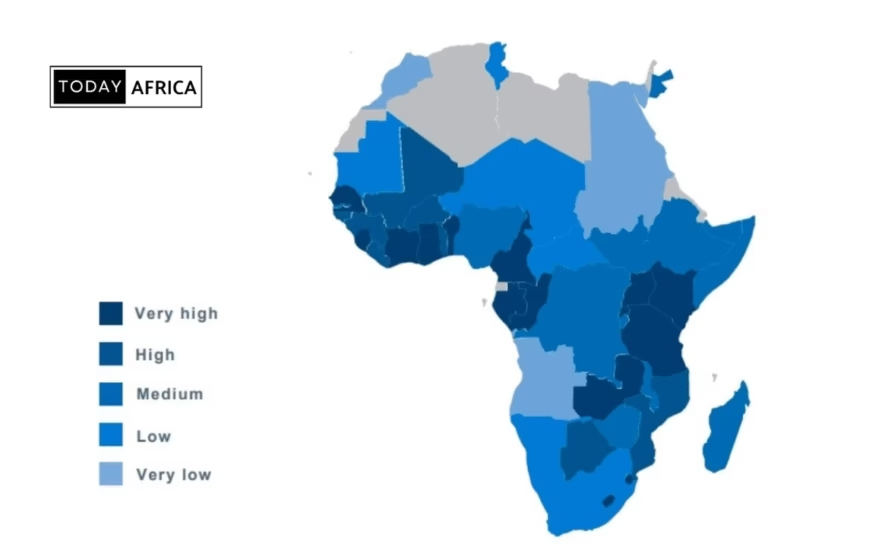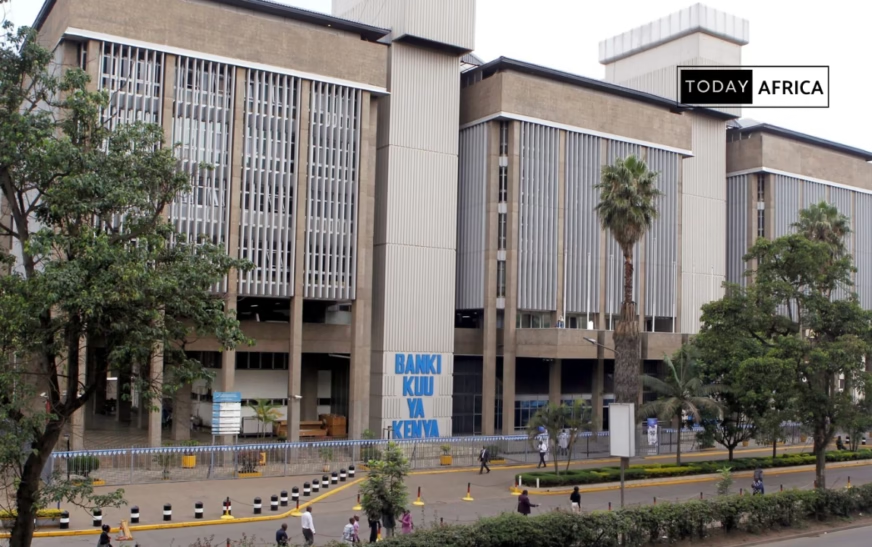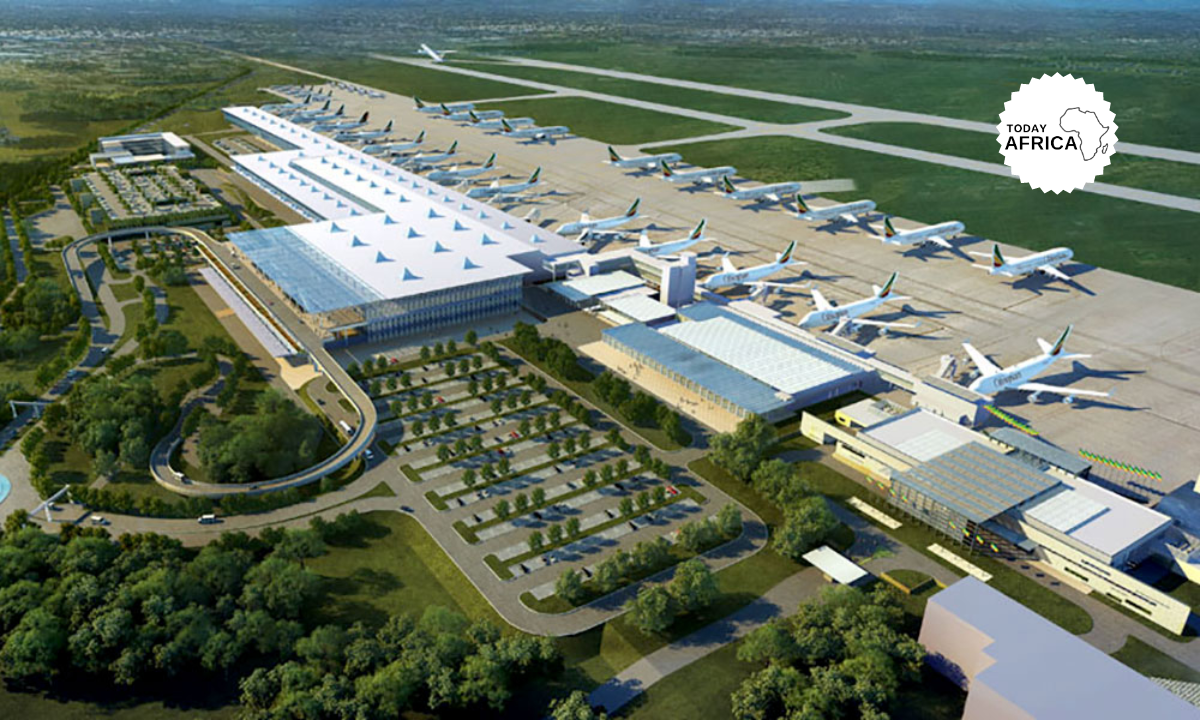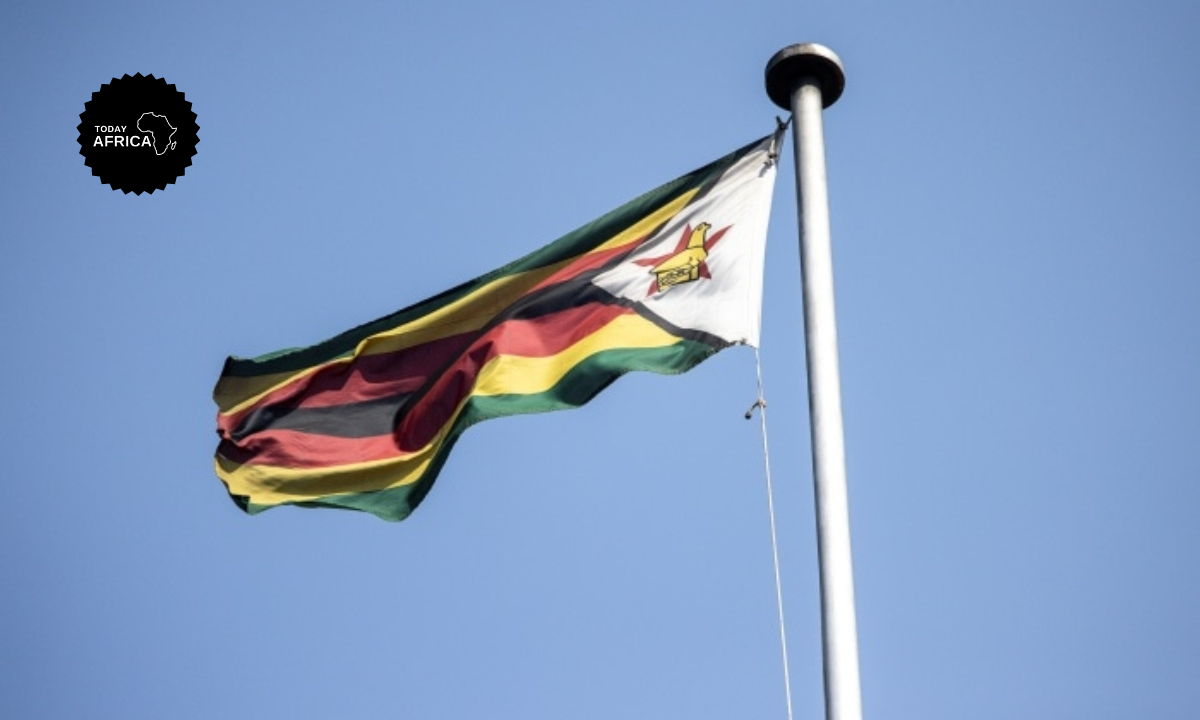Access to traditional banking services has historically been low in Africa.
For decades, vast rural areas lacked physical bank branches, and even in urban centers, opening a bank account could be costly and time-consuming.
But the rapid growth in communication technology—particularly mobile phone penetration—has created a leapfrog moment for African finance
Since the launch of M-Pesa in Kenya in 2007, mobile money has transformed how people send, receive, and store money.
What started as a convenient tool for basic transfers has now evolved to support a wide range of financial transactions, from paying school fees to settling cross-border trade invoices.
By 2023, Sub-Saharan Africa boasted 835 million registered mobile money accounts, processing over $919 billion in transactions in a single year.
Today, mobile money is not just a consumer convenience—it’s a cornerstone of African commerce, driving economic activity at every level, from roadside vendors to multinational corporations.
The Rise of Mobile Money in Africa
Mobile money’s story is one of innovation born from necessity. In 2007, M-Pesa introduced a simple system: use a basic mobile phone and text messages to send and receive funds.
This bypassed the need for a bank account, giving millions of unbanked people a safe and accessible way to transact.
The model spread rapidly. Telecom operators in countries like Tanzania, Uganda, Ghana, and Nigeria launched their own platforms, while fintech companies layered in additional services like bill payments, merchant transactions, and microloans.
By 2023, Sub-Saharan Africa accounted for nearly half of all registered mobile money accounts worldwide, driving over 70% of global growth in new accounts. This is not just adoption—it’s dominance.
Read Also: 5 African Countries Leading the Tech Boom in 2025
Why Businesses Are Paying Attention
The ascent of mobile money is not just a technological trend—it reflects profound shifts in consumer trust and payment behavior, offering transformative advantages to both small businesses and large enterprises.
For small businesses
- Faster cash flow: Mobile money transactions are nearly instantaneous, unlike traditional banking transfers, dramatically accelerating cash flow—a vital advantage for small-scale retailers and traders.
- Wider customer reach: With 1.1 billion registered accounts in Sub-Saharan Africa by the end of 2024—53% of global mobile money accounts—small businesses can reach customers in rural and previously underserved areas with ease.
- Improved record-keeping & credit access: Digital transaction trails bolster record accuracy, supporting credit scoring and enabling small businesses to build financial histories and access financing more effectively.
For large enterprises
- Growing economic value: Africa handled 74% of global mobile money activity in 2024, processing $1.1 trillion in transaction value and 82 billion transactions, demonstrating how embedded mobile money has become in business operations.
- Market expansion: With over 500 million monthly active users globally and deep penetration in East and West Africa, enterprises gain access to a vast, ever-growing market of digital-savvy consumers.
- Operational efficiency: Mobile money supports efficient bulk disbursements—like salaries or supplier payments—which alone accounted for $97 billion globally in 2024.
- E-commerce integration: As mobile wallets evolve, many providers now offer services like credit, savings, and insurance, transforming into full-service platforms suitable for e-commerce and enterprise needs.
- Economic momentum behind the platforms: Mobile money services added an estimated $190 billion to Sub-Saharan Africa’s GDP in 2023, up from $150 billion in 2022. Overall, economies with mobile money benefit from a $720 billion GDP boost, equivalent to a 1.7% increase.
Barriers to Mobile Money Adoption
Despite its transformative potential, mobile money faces significant obstacles that businesses must navigate to harness its benefits effectively.
1. Fragmentation
Africa hosts 336 live mobile money services as of the end of 2024, with 165 operating in Sub-Saharan Africa alone, highlighting a highly fragmented landscape where each provider operates within distinct protocols and systems.
This fragmentation forces businesses seeking cross-border or multi-country expansion to establish numerous integrations or turn to aggregators, slowing market entry and increasing operational complexity.
See Also: Top 5 Crypto OTC Trading Platforms in Nigeria This Year
2. Regulatory differences
Regulatory frameworks vary widely across countries, with inconsistent transaction limits, licensing requirements, and KYC/AML rules. While the African Financial Inclusion Policy Initiative (AfPI) and GSMA note improvements in harmonisation, the lack of unified policies still complicates regional scalability.
3. Infrastructure and digital literacy
Infrastructure remains a significant hurdle. In rural Sub-Saharan areas, only about 43% of the population has reliable access to electricity. Poor internet access further exacerbates the issue—urban areas may enjoy over 70% penetration, but rural regions often fall below 20%, impairing mobile-based financial interactions. Moreover, low digital literacy means many users are unfamiliar with mobile financial services and remain hesitant to adopt them.
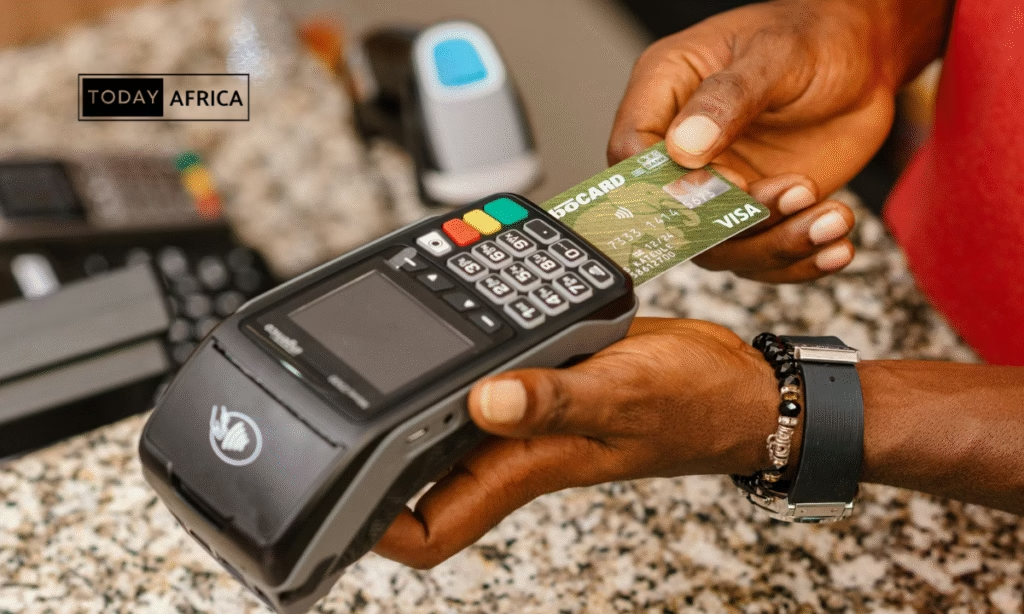
4. Security risks and fraud
Cybercrime is an escalating threat, costing Africa an estimated $4 billion annually, with some countries like Kenya reporting $83 million in losses in 2023 alone.
SIM-swap fraud has surged—MTN South Africa reported a 200% increase in 2023, while Nigeria’s EFCC recorded over 1,500 mobile money fraud cases in the same year. In Malawi, fraudulent schemes around promotions cost users up to $117,000 per month.
5. Regulatory compliance & consumer trust
Navigating unpredictable regulatory environments and maintaining consumer trust in digital services is challenging. Stronger fraud detection, identity verification, and education are urgently needed to boost confidence.
Read Also: Fintech in Africa: Trends to Watch in 2025
Fintech: The Bridge Between Mobile Money and Enterprises
This is where fintech companies are changing the game. Across Africa, the number of fintech firms has grown from around 450 in 2022 to over 1,000 by 2024, with industry revenues projected to reach $47 billion by 2028, up from $10 billion in 2023.
These companies are not just offering payment tools—they are creating the infrastructure that makes large-scale mobile money adoption possible for enterprises.
Fintech providers offer:
- One-point integration to multiple mobile money operators and wallets: A single connection now gives businesses access to dozens of mobile money networks across countries. This is crucial in a continent that processed 74% of global mobile money transactions in 2024, valued at $1.1 trillion. Instead of negotiating and building separate integrations in each market, enterprises can plug into one system and instantly serve customers in multiple regions.
- Cross-border payment capabilities without multiple setups: Modern fintech APIs allow real-time, multi-currency transactions across borders while reducing foreign exchange costs. In 2024, cross-border mobile money transactions in Africa grew by 19%, reaching $35 billion in total value. This enables regional e-commerce platforms, exporters, and service providers to operate seamlessly without the delays of traditional banking.
- Built-in compliance and fraud protection to meet regulatory standards: As mobile money usage expands—82 billion transactions in Africa in 2024 alone—security and compliance have become non-negotiable. Fintech platforms embed KYC checks, anti-money laundering tools, and AI-powered fraud detection systems capable of flagging suspicious activity in milliseconds, ensuring every payment meets regulatory requirements and is protected against fraud.
This combination of unified integration, cross-border functionality, and robust compliance simplifies market entry, reduces technical hurdles, and allows businesses to focus on growth rather than backend infrastructure.
Instead of spending months developing custom payment systems, companies can launch in weeks and immediately tap into Africa’s fast-growing digital economy.
Next Chapter for Mobile Money in Africa
Mobile money’s success is laying the foundation for a broader digital financial ecosystem. The same networks enabling payments are now being used to:
- Offer microcredit and small business loans.
- Provide insurance products to rural communities.
- Enable cross-border trade settlements for small and medium-sized enterprises.
- Facilitate investment opportunities for individuals without traditional bank accounts.
As internet penetration continues to grow, mobile money will likely power Africa’s shift toward a fully digital economy, opening new markets and opportunities for businesses of all sizes.
Leave a comment and follow us on social media for more tips:
- Facebook: Today Africa
- Instagram: Today Africa
- Twitter: Today Africa
- LinkedIn: Today Africa
- YouTube: Today Africa Studio

